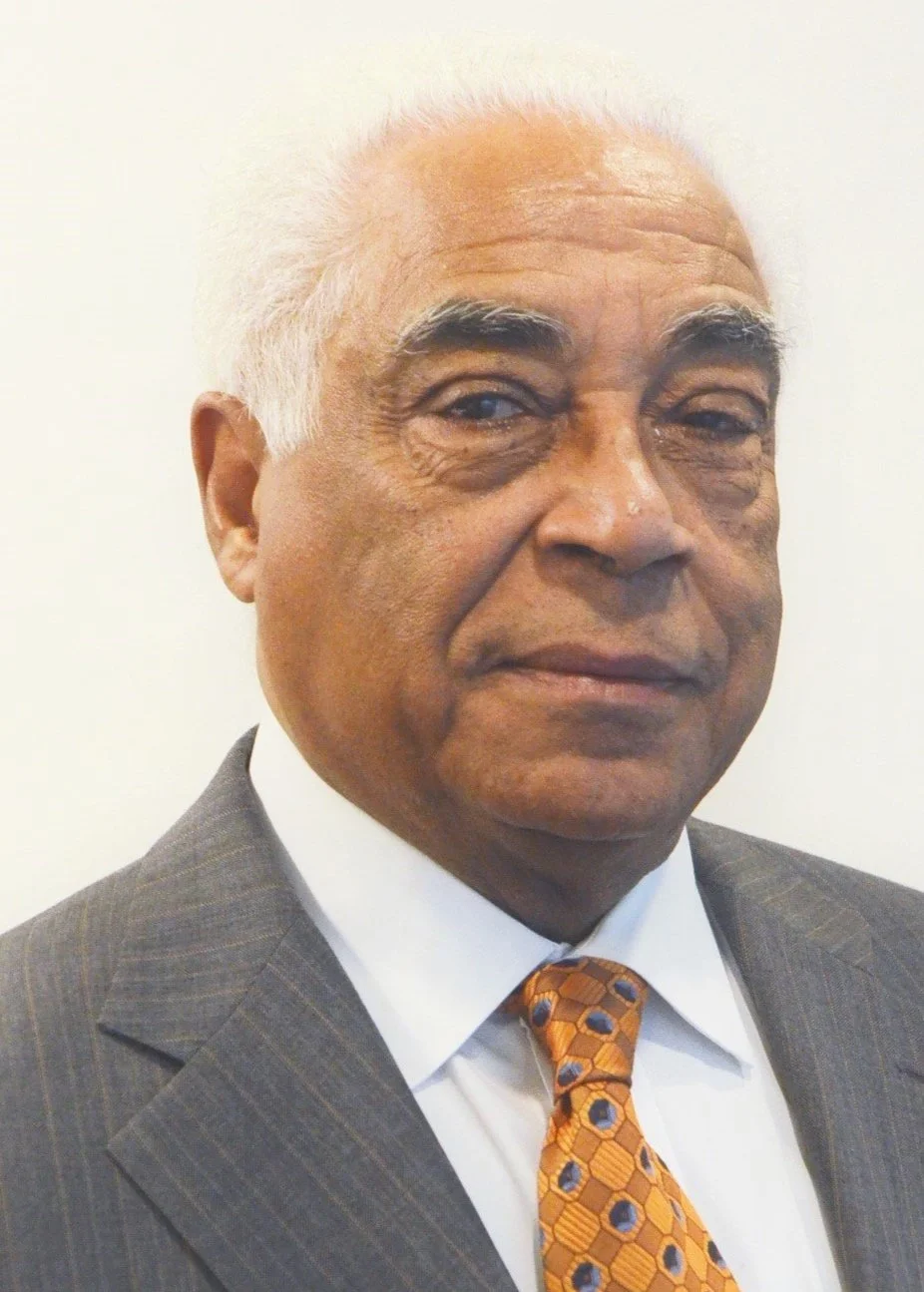Dispelling the myths of Black hair
September 14, 2020
From the Heian era (794 to 1185) painting which is the oldest surviving silk screen to woodblock prints that’s a specialized area of visual representation that emerged in the late 16thcentury, Japanese art stands out among the world greatest treasures.
The beauty in the East Asia island country prints and paintings grabbed the attention of artivist and management professional Simone Wright on her first visit to ‘The Land of the Rising Sun’ three years ago.
It motivated her to start ‘Parting the Roots’ that is a non-profit organization facilitating the presentation, interpretation and production of contemporary visual time-based and interdisciplinary arts.
“Just seeing how art is used there and how people are passionate, especially when it comes to fashion really fascinated me,” said Wright who loves to travel. “There’s no rule. People express themselves how they want and there are no parameters with that. That’s something unique because I feel like here in North America, we are a little bit more conservative in the way we do things and think. In other parts of the world, people do what make them feel good.”
Early last year, Wright curated a pop-up exhibit to celebrate the history and significance of Black hair which has always been an integral part of her life.
“That passion comes from ever since I was a little kid,” the oldest of three siblings said. “So many of us can remember being in between our moms, aunts and cousins doing our hair. Those lived experiences were positive and some were not and I feel that now parents are really trying to hone in on that positivity when it comes to our hair.”
As the only Black girl in her first two years of schooling, Wright’s hair often attracted curiosity.
“There were always people cleaning my hair, touching it and asking questions about it and I didn’t really understand at the age of about six what this fascination was all about,” she noted. “When I actually realized my hair was different from everyone was when nurses came in to do lice checks on students, using long wooden sticks. I saw them going through the Asian and Caucasian students and their hair moved around easily. But when they came to me, they always had some sort of challenge looking through my hair.”
Simone Wright (Photo by Dhivya Subramaniam)
At around age nine, Wright asked her mom to relax her hair.
“She did and I relaxed my hair until I was 22 when I came to Toronto for the annual Caribbean Carnival and saw Black people embracing their natural hair with different braids and Afros,” she said. “That’s when I decided to grow out my relaxer and start to embrace my natural hair. That was a struggle at the beginning because about 10 to 15 years ago, there weren’t a lot of products catered to natural hair.”
After completing her Bachelor of Commerce degree in 2003 at the University of Manitoba, Wright attended a networking event.
Yet again, her hair was an issue.
“The event was catered to Blacks and a Black gentleman came up to me and as we were talking about where I was interested in working, he looked at my Afro and said, ‘I don’t think you will get a job with your hair looking like that’,” she related. “That comment always stuck in the back of my head and it’s one of the things that prompted me to do this project to educate people, but also do it in a way where it’s entertainment as well.”
In her pop-up exhibit, Wright shared archival photos of Black hair along with photos of herself, her family and friends. With each photo, she discussed the history, politics and art behind Black hair.
“This was an opportunity to start the whole education process and dispel myths about Black hair,” she said. “It was also a platform to validate and celebrate the beauty of Black hair.”
Early in her work life, company directors let Wright know that her braid extensions weren’t professional.
“I also have been in workplace diversity training where a woman, not one of colour, was talking about bringing your whole self to work and how people can’t do that because of the fear of any kind of ramifications in regards to being let go or showcasing who they truly are, whether it’s your religious belief or your sexual orientation,” she said.
“As this woman started talking about how certain individuals changed their appearance in order to hide who they are, one of the examples that was used was a Black woman straightening her hair to hide her appearance. There was some validity to what she was saying as a lot of Blacks feel they can’t wear their dreadlocks and Afros and they have to straighten their hair to be deemed professional and put themselves in position to move up the corporate ladder. She didn’t, however provide any context in regards to why Black women do that. She just made a blanket statement. If I decided one day to go to the office with straight hair, people would be saying, “Oh, Simone is trying to hide her Blackness.’
Black hair has always been an integral part of Simone Wright’s life (Photo by Dhivya Subramaniam)
Wright’s artistic pursuits extend to dance that she uses to unleash her creativity.
She attends classes conducted by Esie Mensah and Greg H’Side Samba who are proponents of Afro Fusion which is a blend of African-style dances.
“It’s not only them doing dance, but they do very unique things outside dance that engages and educates,” said Wright who played the piano while growing up in Winnipeg. “They tell stories through dance and create their own unique content. I am really surrounded by individuals within the dance and music community that inspire me to hone in on my creativity.”
Wright’s creativity is also inspired by her partner, Everton McDougall, who is a self-taught fashion consultant.
“His mind is always turning and he comes up with unique ideas with regards to how to tell stories through clothing and fashion,” she said.
Seeking independence and adventure, Wright transitioned from Manitoba to Toronto in 2003 and held jobs in the fashion and retail industries prior to joining The Coca-Cola Company six years ago and being promoted to Insights Manager in June 2018.
Her parents, Rupert and Laurel Wright, migrated from Jamaica and are active members of the Afro Caribbean Association of Manitoba.








